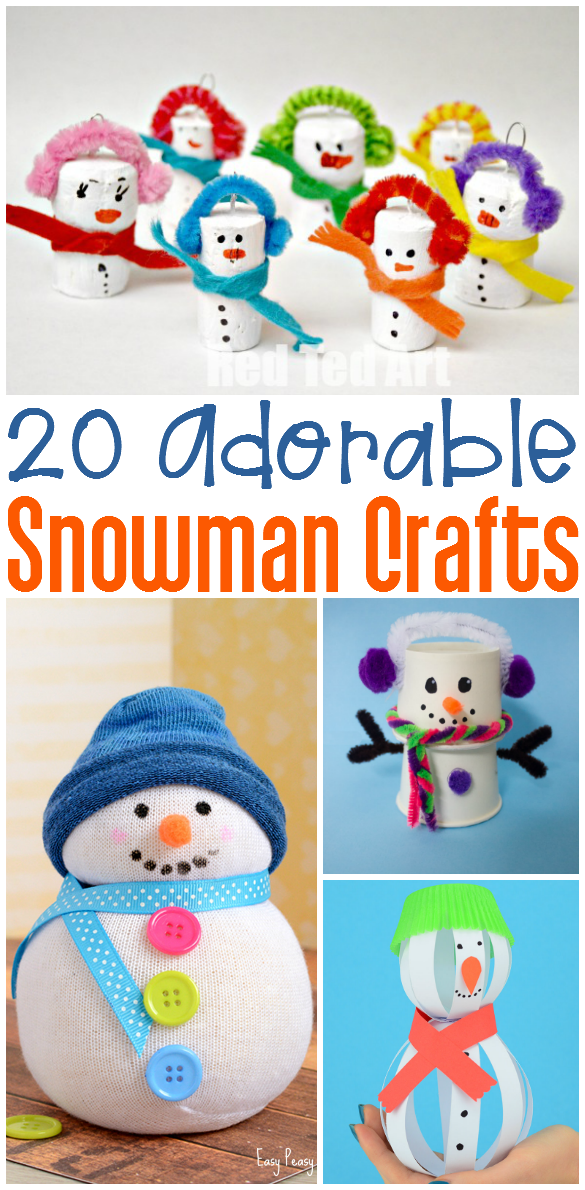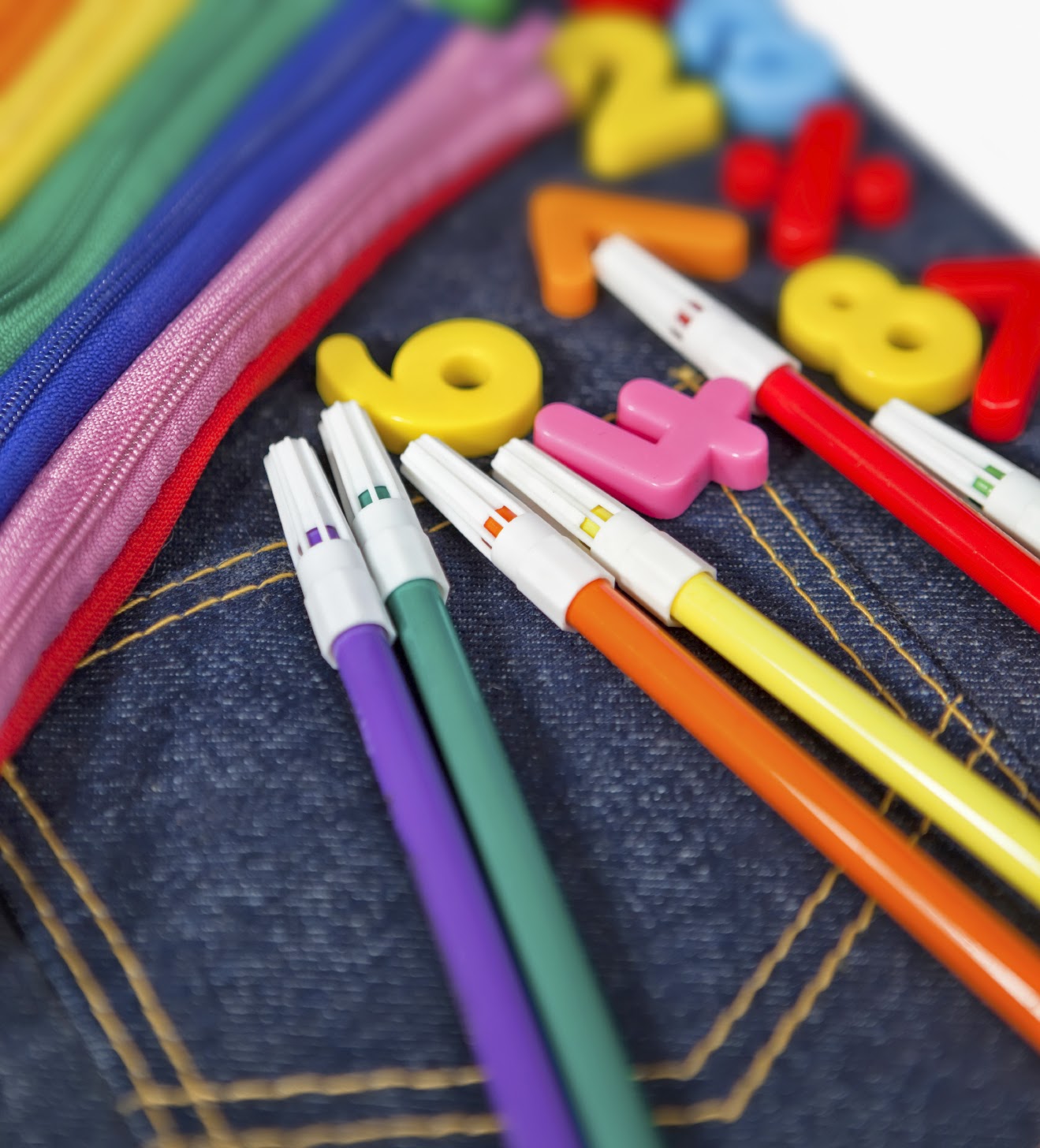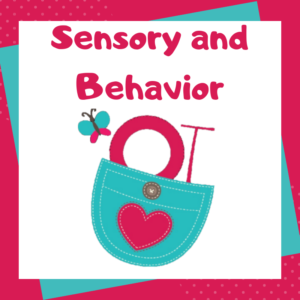
20 Snowman Crafts
Who wants to build a snowman? We do! This week we’ve rounded up some snowman crafts and activities. Each link contains a fun…
 |
| Play IS a child’s work |
Children of all ages learn skills by engaging in play. When they are not asleep, children are learning about their environment through various play activities during their day. They enjoy diving hands-first into play experiences. Completing the tasks of building blocks, working a puzzle, and drawing pictures will yield skills that the child will use throughout his lifetime. Occupational therapists are fortunate enough to be a critical part of the treatment team for children with special needs. We have developed a specialty called “activity analysis.” This means we work by looking at how an activity is broken down into smaller steps. Therapists who work with children have become experts in looking at different games and toys to determine which skills a child needs to complete them. When the therapist finds a weakness in a particular skill, we can “prescribe” different games or toys to help improve the skill. It is a fun job to have, indeed!
Children are wired to use their senses to develop skills during play. A toy that gives the child something interesting that involves more than one sense will automatically be more enjoyable to him. More pathways to brain development are opened and used. Here is a list of things therapists look at when evaluating a toy:
Out of the POCKET Ideas! 
• What does the toy feel like? What is the texture-soft, smooth, rough, hard?
• Does the toy have a scent to it? For example, certain dolls smell like fruits.
• Is the toy colorful? Are the colors bright and bold or pastel and dull?
• Does the child need both hands to manipulate the toy?
• Does the child need to read or recognize letters and numbers to enjoy the toy?
• Is there a lot of figure-ground information? Examples of toys where the ability to
determine what is in the front or background would be mazes, Eye Spy, Puzzles.
• Does the toy make noise?
• Is it a “social” toy? Like a dollhouse or card games.
• Does the toy require long periods of attention? Board Games
• Does the toy move, vibrate, or shake?
The list above contains a few areas we look at when examining a particular toy. Here’s an example of an analysis of a toy: A child receives a game of Hi Ho Cheery-O. He needs to be able to sit on floor or table for at least 10 minutes to play the game (control of his body) (attention); must be able to refrain from placing the small cherry manipulative into his mouth (impulse control) (age-appropriate mouthing), be able to count (number/cognitive (thinking) skills); be willing to interact with another player (social skills); be able to pick up and place the small cherries into the bucket (fine motor/coordination); be able to place the cherries into the correct colored bucket (color recognition), and be willing to accept that he may win or lose the game. Everyone knows that there are ages listed on most games, but they don’t think much about what skills are necessary and at what age those skills develop.
Remember to think about your child’s developmental age and not her ACTUAL age. For example, she may be 7 but her speech, fine motor skills, and thinking maybe delayed by two years. Toys should be purchased for a 5-year-old, then and not a 7-year-old. Make sure that the toy is not too easy for her or she will become bored with it. I would encourage you to review the tips above and take your child on a fun visit to the toy store to see what interests her. Teacher supply stores are also full of educational treasures. Therapy catalogs and online stores such as FunandFunction offer wonderful toys in a way that’s easily searched and at reasonable prices.
Need helpful handouts? We offer many FREE handouts and awesome products, including on-demand courses for you!
Check out our best-selling CDs for children who fear loud noises. You can now purchase individual tracks, such as Fire Alarm and Thunder!



